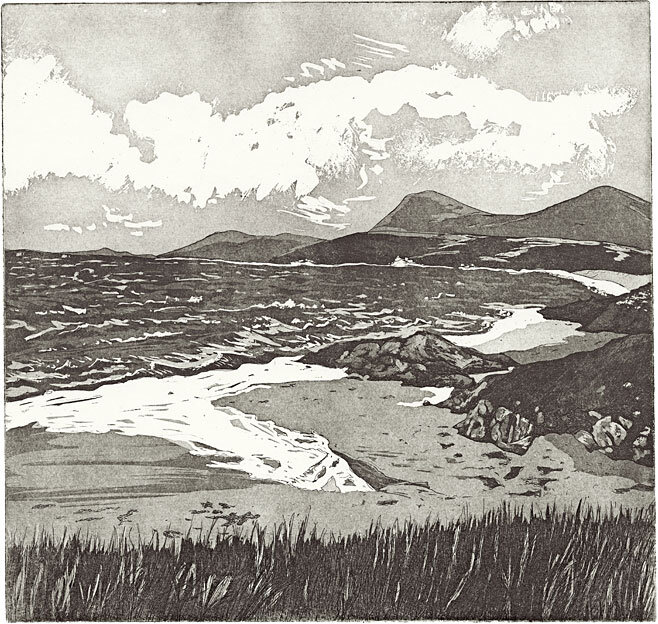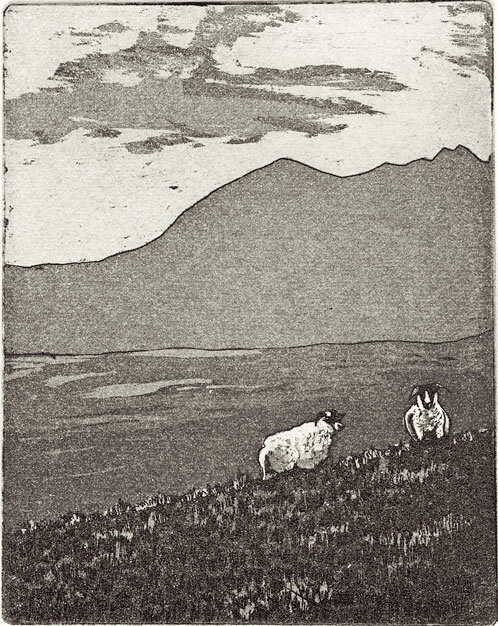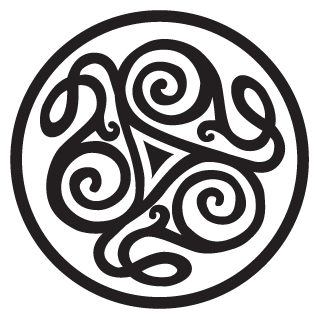Scottish Landscapes - Etchings and Aquatints
Original prints produced in small limited editions, varied editions, and unique states. Each one is hand inked and hand printed onto cotton-based, mould-made paper, using an antique cast-iron press.
The Etching Process - A metal plate is coated with a waxy acid-resist and a fine etching needle used to draw directly onto the surface of the plate. When the drawing is complete the plate is etched in an acid bath – during this process certain areas of the image are protected with varnish to create different qualities of line.
For the aquatint process, the metal plate is coated with a fine resin dust which is heated and forms a seal on the plate. Varnish is painted onto the plate in selected areas, and it is then placed in an acid bath. This process is repeated in stages to create different tonal values.
The exposed areas of metal are bitten away by the acid, forming tiny recesses that can hold different amounts of ink.
For each print, the metal plate is hand-inked and wiped then pulled through an etching press under high pressure. The inking process is completed by hand and so each print has slight variations – a unique piece of art.
Callanish Standing Stones, Isle of Lewis, Outer Hebrides. Etching & Aquatint.
As featured in Megalith: Studies in Stone, and Lallans Journal.







